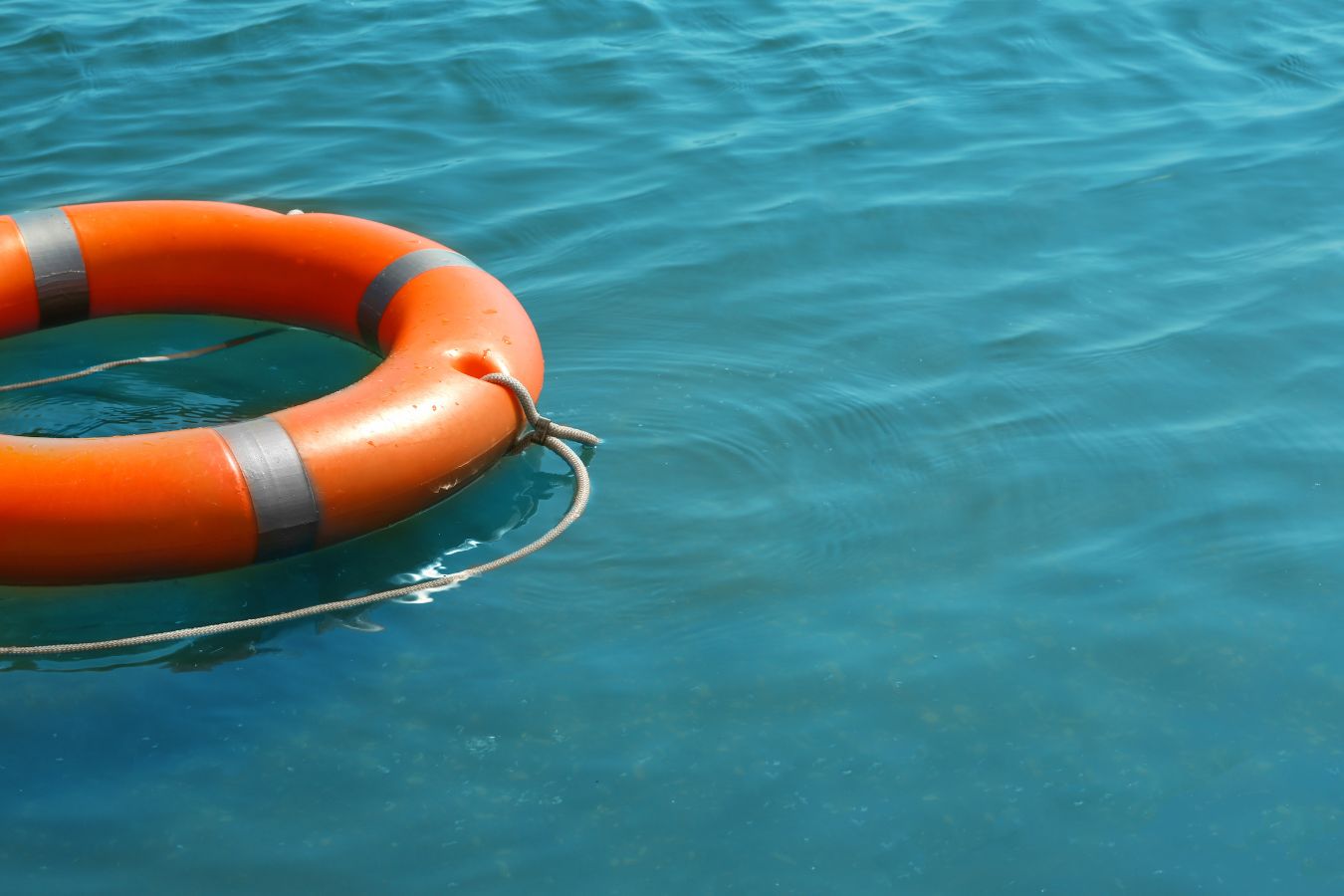What to do in an emergency at sea
Sailing on the high seas is an incredible experience, but it also involves risks. Being prepared for an emergency is essential to ensure the safety of everyone on board. If you already own a boat or are considering buying a Crownline boat, it’s crucial to know the safety protocols for the high seas and how to act in the event of an unforeseen event.
1. Stay calm and assess the situation
The first thing to do in any emergency is to stay calm. Panic only complicates matters and reduces your ability to make good decisions. Take a deep breath and assess the situation: what kind of emergency are you facing? Identifying the problem quickly will allow you to take appropriate action.
Most common types of emergencies
Among the most common emergencies at sea are waterways, fires, engine failures or falls overboard. Having a clear idea of what you are facing will help you decide your next steps.
2. Contact emergency services
Use the VHF radio to contact the emergency services. Channel 16 is the dedicated channel for distress calls at sea. Be sure to provide your exact location, the type of emergency and how many people are on board. This information is crucial for a quick rescue.
How to make an emergency call?
- Use channel 16 on your VHF radio.
- Say ‘Mayday’ three times followed by the name of your vessel and your GPS position.
- Explain the situation and stay on the line for instructions.
3. Secures passengers and distributes tasks
The safety of all occupants of the boat is the priority. Make sure everyone wears life jackets and, if necessary, distribute tasks. While someone is in charge of the radio, others can prepare flares, fire extinguishers or the life rafts if you need to abandon the boat.
Keeping order on board
Giving clear instructions is key for passengers to remain calm and act effectively. Organise occupants and make sure everyone is protected.
4. Use the safety equipment on board
It is important that before setting sail you check that all safety equipment is in good condition. During the emergency, check that life jackets, flares, fire extinguishers and liferafts are ready for use. If possible, start using flares to make your vessel visible to other boats nearby.
How to prepare an emergency kit before setting sail
A good emergency kit should include flares, life jackets for each person on board, a spare VHF radio, drinking water, non-perishable food and a first aid kit. Keep the kit in an accessible place.
5. Manage navigation with GPS
If you have a GPS system on board, use it to provide the exact coordinates to the emergency services. A reliable GPS can facilitate rescue by allowing you to communicate your position in real time. It also helps you keep your course if you are close to a coast or port of refuge.
What to do if you lose control of the boat
If the engine stops running or you lose navigational control, use the anchor to prevent the boat from continuing to drift. Contact the emergency service and wait for instructions on how to proceed.
6. What to do if there is a fire on board
Fire is one of the most dangerous situations at sea. If you detect fire or smoke, turn off the engine and use the fire extinguishers on board to smother the flames. Make sure all occupants are wearing life jackets in case you have to abandon ship quickly.
How to prevent fires on boats
Regular checks of the electrical and fuel system are essential to prevent fires. Keep fire extinguishers in an accessible place and check their expiry date.
7. Prepare life rafts and escape route
If the situation worsens and it is necessary to abandon the vessel, ensure that life rafts are ready. Explain to passengers how to use them and organise a safe and controlled evacuation.
How to leave the ship safely
If you must leave the boat, do so in an orderly manner and in accordance with the instructions of the captain or the person in charge of the boat. The occupants should get into the life raft as quickly as possible, but without panicking.
8. Be visible and ready for rescue
While waiting to be rescued, make sure your boat is as visible as possible. Use flares, strobe lights and signal mirrors to attract the attention of other boats or aircraft nearby. Keep your radio on and follow any instructions given to you by the rescue services.
Other news that may interest you
- How many kilometers per hour is a knot?
- What to do in an emergency at sea
- The best luxury marinas in the Mediterranean
- What do you need to know before buying your first boat?
- What is the hull of a ship?

